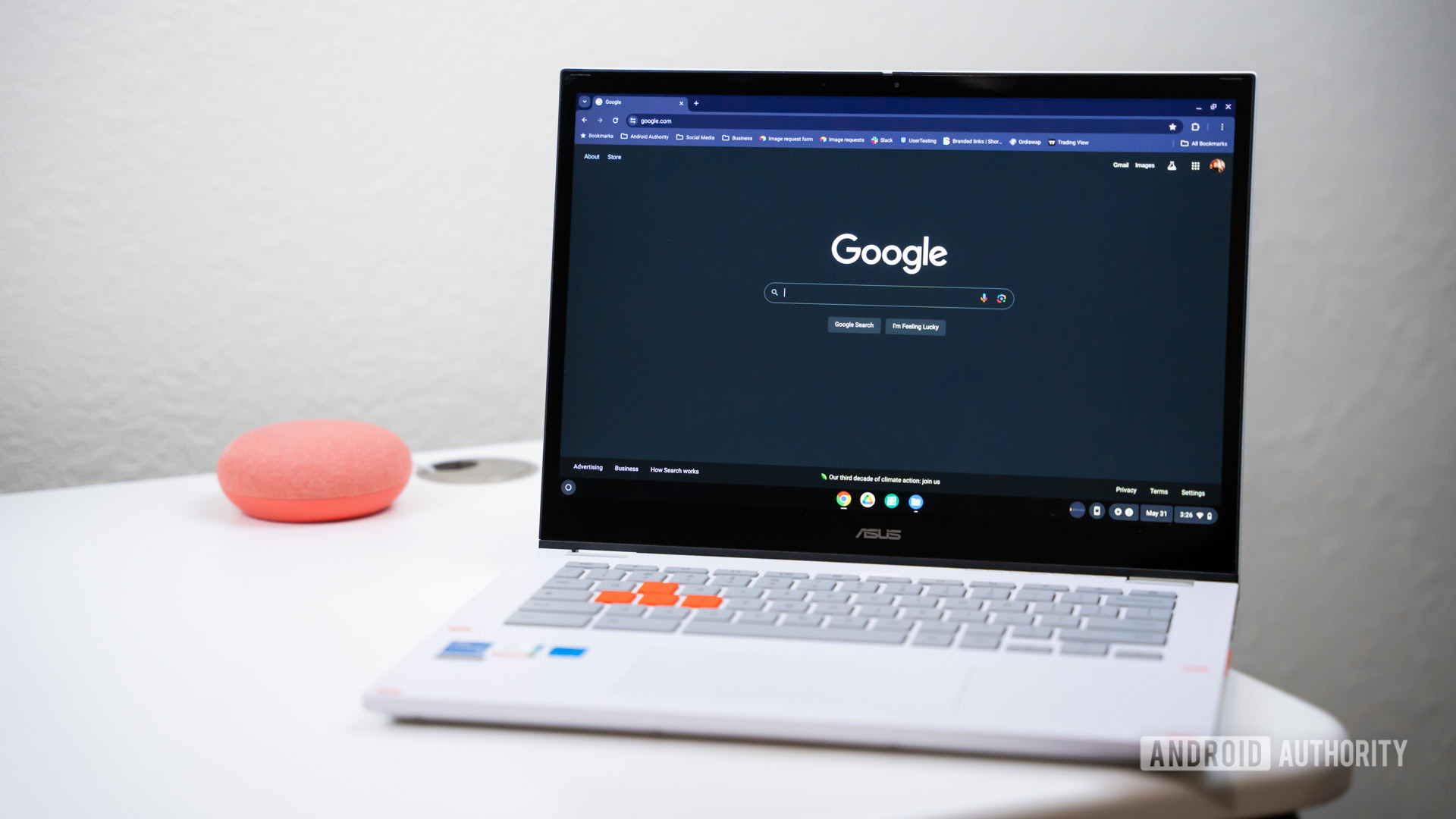When working with MySQL, developers often encounter compatibility issues between different versions. This can be tricky, as each version might have its own set of features and optimizations. To resolve these compatibility issues, one should focus on understanding the changes in binary log formats and backward compatibility requirements across different MySQL releases. By addressing these elements, users can ensure smoother upgrades and replication setups.e
Navigating these complexities involves more than just technical tweaks; it might require expert MySQL support. This can be particularly beneficial for understanding incompatibilities and implementing solutions that align with one’s specific server and database configurations. Expert MySQL support can make all the difference, offering hands-on help with optimizing complex queries, troubleshooting slow JOIN operations, and fine-tuning indexing strategies to improve your database’s performance.
Key Takeaways
- Focus on changes in binary log formats and backward compatibility.
- Consider professional help for complex compatibility issues.
- Addressing compatibility ensures smoother upgrades and replications.
Understanding MySQL Compatibility Across Versions
Managing compatibility between MySQL versions ensures smooth database operations and effective use of features. This section details important aspects and considerations when dealing with version compatibility.
Identifying Key Differences Between MySQL 5.6, 5.7, and 8.0
Each major release brings changes and improvements. MySQL 5.6 introduced performance enhancements, while 5.7 expanded on security and replication features. MySQL 8.0 offers advanced JSON functionalities and better performance with its transactional data dictionary. Understanding these differences helps users decide if the benefits of upgrading outweigh any potential compatibility headaches.
Assessing the Impact of Server Version Upgrades
Upgrading server versions does not always mean automatic compatibility with existing applications. Key issues can arise from deprecated features or altered functionalities. Evaluating the potential impact on database performance and application behavior is important. Prior testing in a development environment is recommended to identify any disruptive changes.
Compatibility Considerations for Replication Topologies
Replication across different versions allows one to upgrade slowly. However, MySQL advises caution, especially with major releases. Replication compatibility is only supported when transitioning from an older version to a newer replica. Understanding the limitations and best practices for mixing server versions is important.
The Role of the Binary Log in Version Compatibility
The binary log is important for replication and point-in-time recovery. Features like statement-based replication and row-based replication can affect compatibility. When upgrading, ensuring that binary log settings are compatible with both the old and new server versions helps maintain data integrity and seamless replication.
Ensuring Data Types and Character Set Compatibility
Database consistency relies heavily on data types and character sets. Shifts from latin1 to UTF8 or changes in data type precisions across versions can lead to unexpected behavior. Reviewing all data type definitions and character set configurations minimizes disruptions. Adapting to changes ensures seamless integration and operation across different MySQL versions.
Strategies for Resolving MySQL Version Compatibility Issues
Resolving compatibility issues between different MySQL versions involves understanding the nuances of each version’s features and changes. Key areas to focus on include planning, replication format discrepancies, handling SQL incompatibilities, and migrating replication methods.
Planning and Testing the Upgrade Process
Upgrading MySQL requires thorough planning and testing. It’s important to understand compatibility challenges that can arise with different MySQL versions. Preparing a detailed upgrade plan can help identify potential issues early. Testing the upgrade in a controlled environment checks if current applications and services function correctly with new features or optimizations.
Creating a robust backup strategy before starting the upgrade reduces risks. Properly configuring test instances with similar configurations ensures that they mimic the production environment. These stages help verify the stability and compatibility of the new MySQL version.
Addressing Replication Format Discrepancies
Replication issues may occur when different MySQL server versions use varying binary log formats. This difference can lead to discrepancies in how data is replicated. Understanding the default formats used by each version is important for maintaining consistency across servers.
One strategy is to manually set the binary log format to match across all replication servers. This ensures that data transactions are uniformly replicated, reducing potential errors. Upgrading replication servers simultaneously can also eliminate mismatches and prevent replication issues linked to format changes. Understanding the compatibility of formats like GTID is vital in environments with strict replication requirements.
Approaches for DDL and SQL Incompatibilities
Data Definition Language (DDL) and SQL incompatibilities can arise due to differing features and functions between MySQL versions. Addressing these involves reviewing DDL statements and SQL queries to ensure compatibility. When issues are identified, it may be necessary to adjust queries or make use of alternative functions available in the newer version.
The use of foreign keys and indexes should be evaluated as some MySQL updates change how these are handled. Preemptively adjusting foreign key names or adapting queries ensures a smoother transition. Implementing changes in a staging environment aids in identifying incompatibilities before they affect production systems.
Using Advanced Replication Features
MySQL’s advanced log-based replication allows for performance improvements but can introduce complexities. Migrating to newer methods like binary log transaction compression can reduce storage requirements and improve efficiency. Understanding how these changes affect replication is critical. Parallel replication can improve replication throughput, but at the expense of write latency on the master node. Sometimes bottleneck can be in fetching binlogs rather than replaying transactions, in which case tools like st-sideload-relay can mitigate the bottleneck.
Switching to compressed formats might involve incremental adjustments and testing to confirm compatibility. Careful monitoring during the transition period ensures that replication continues without interruption. Maintaining backward compatibility during this shift is important for mixed-version environments, where not all servers may support the newest features. Using SSL for secure connections during replication helps protect data integrity and security.
Conclusion
Resolving compatibility issues between different MySQL versions is important for smooth operation. Identifying deprecated features and adapting code is a key step to ensure system stability. Keeping applications updated and aligned with new MySQL functionalities can prevent disruptions.
Using tools like Docker or setting up virtual environments helps maintain compatibility and manage varying requirements effectively. Logs and detailed documentation also assist in troubleshooting and adapting to changes.










